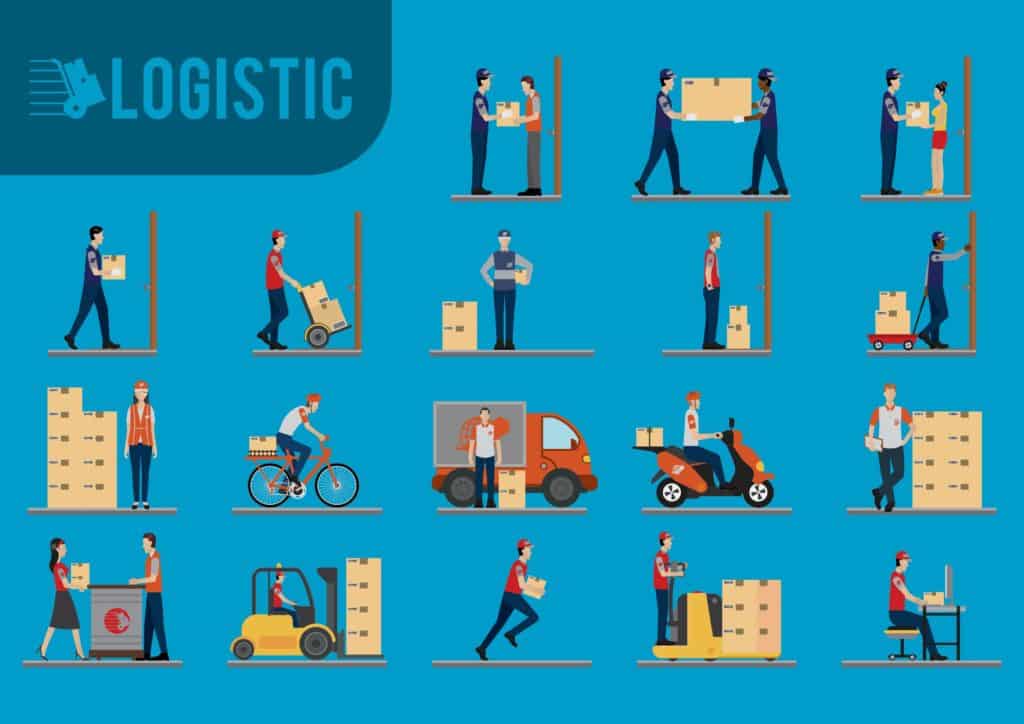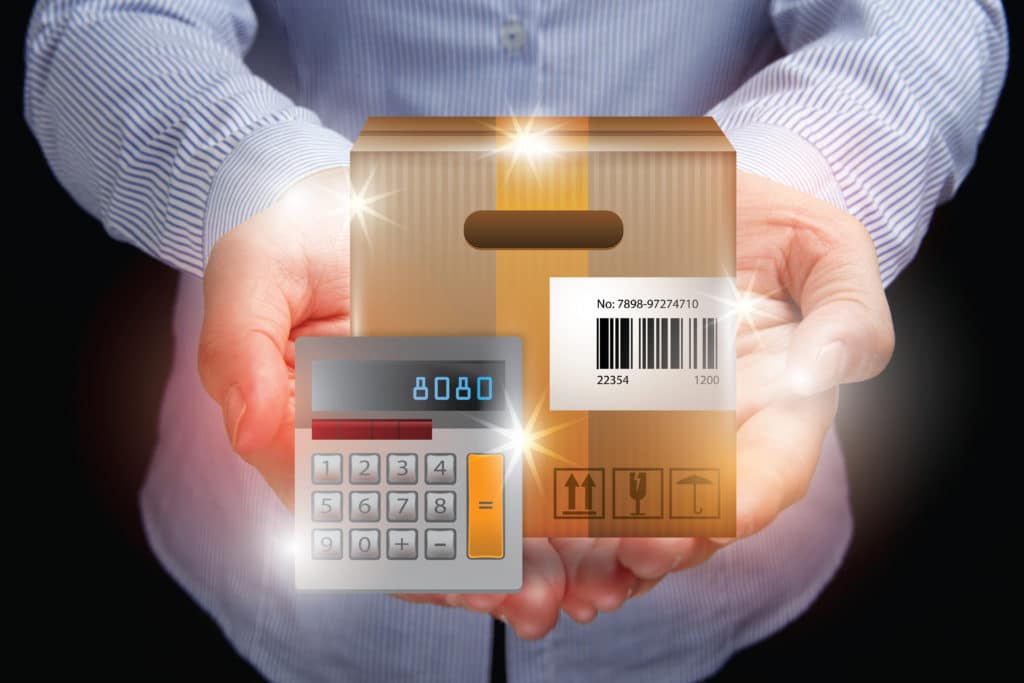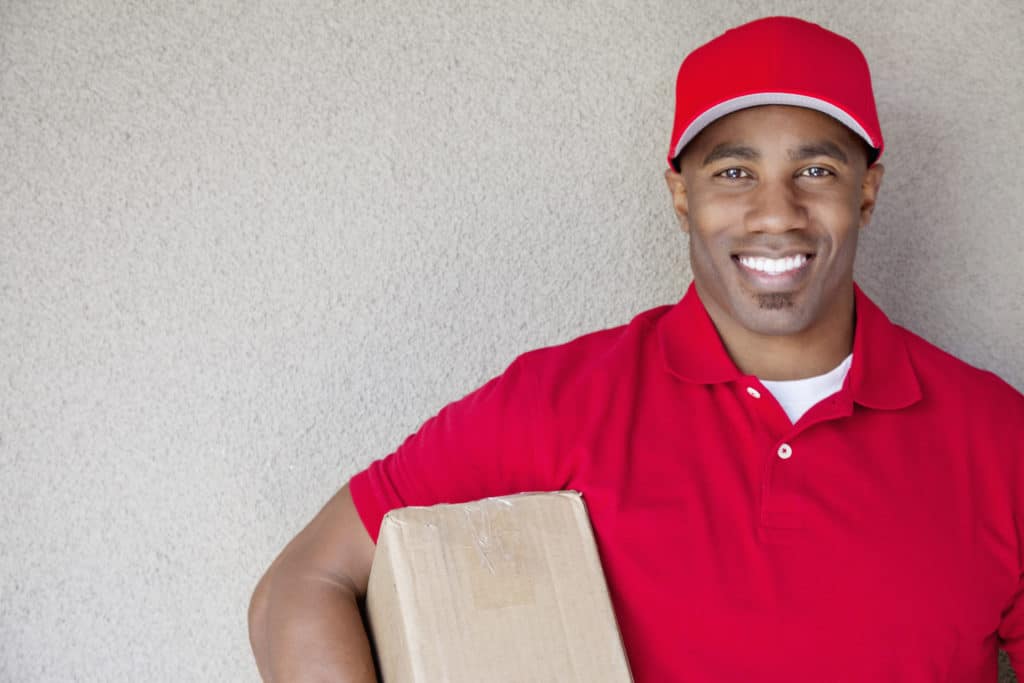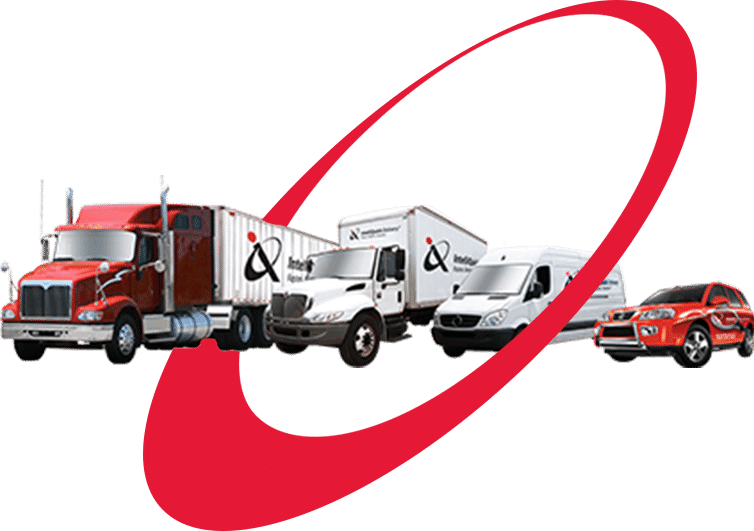
Marketing your products and getting people to order them is only the half job done. You need to have a robust ecommerce shipping and fulfillment strategy — after all, this is how customers first “experience” your product.
A well-thought-out ecommerce shipping and fulfillment strategy is not as daunting as it sounds, but there are some moving pieces that you need to take care of. We’ll discuss how you can set up clear goals, build your shipping strategy piece by piece and offer ecommerce fulfillment that puts you on top of the shopping chain.
Let’s get started!
Select your ecommerce shipping and fulfillment strategy
The first step in your ecommerce shipping and fulfillment strategy is outlining your goals.
Businesses roll out shipping and fulfillment strategies based on their current market position, the people they want to serve, and where they see themselves in the future.
The goals can be increasing revenue, expanding into new territories, increasing average order value, decreasing operational cost, or all of them together.
Depending on your goals, the fulfillment strategies can be:
Self-fulfillment
Self-fulfillment or in-house fulfillment is when a business stores, packs, and ships products on its own. Self-fulfillment is ideal if:
- You’re just starting out
- Your monthly order frequency is not very high
- You want to control the operational cost
But, self-fulfillment is not conducive to scaling. It may help you initially, but if you plan to grow your business, you need to look at other options.
Dropshipping
Dropshipping has been the buzzword in the ecommerce shipping industry for the last few years.
Dropshipping is a strategy where ecommerce stores directly forward their orders to suppliers. Following that, suppliers pack and deliver the products to the customers on the behalf of the ecommerce store. This way, ecommerce stores don’t have to warehouse products and can instead focus on marketing the storefront.
Dropshipping is ideal if
- You want to start out with a low ecommerce fulfillment cost
- You want to forego inventory management
- You don’t have the bandwidth to focus on different aspects of an online business
But, with dropshipping, you’re not in full control of your shipping strategy and that can ruin your customer experience. It also heavily relies on the supplier or wholesaler that can be severely impacted by sudden shifts such as Covid-19.
Third-party logistics (3PL)
Third-party logistics is the shipping method wherein an independent service provider takes care of your supply chain logistics.
3PL is ideal if:
- You want to grow fast and reach more people
- You want to leverage the industry expertise of a third-party logistics provider
- You don’t have the resources to handle your entire shipping and fulfillment strategy
Hiring a logistics provider opens up new avenues for a business. Let’s discuss how a shipping partner can help local ecommerce delivery in greater depth below.

Shipping methods and rates
After figuring out your ecommerce fulfillment model, you’ll need to set your shipping method right. Since the choices vary depending on your expenditure, always make sure it’s viable in the future as well.
Free shipping
Every customer will say that free shipping is the best. According to a Baymard Institute study, 49% of people abandon their cart because of high extra costs.
Including free shipping is one of the proven ways to prevent shopping cart abandonment but as a business, you need to make sure it’s sustainable for you as well.
You should offer free shipping because:
- It’s the customer’s favorite shipping rate
- It helps build brand loyalty
- It increases sales
- Your business model supports it
Steps to offer free shipping without hurting your profits
Free shipping is not entirely free. To facilitate the fulfillment, someone has to pay. You can offer free shipping by:
- Adjusting and including shipping costs within the product’s price
- Paying the cost entirely out of your pocket
- Placing a free shipping option behind a minimum amount that’ll increase order cart value
- Providing longer delivery time in case of free shipping, which may push some customers to pay for express delivery
Flat rate shipping
Flat rate shipping is another popular method that works really well for a certain type of business.
With flat shipping rates, you make an average profit on the total sale, but not necessarily on individual orders. You should go with flat rate shipping if:
- You have a uniform product line without a lot of variety
- A majority of your products are of the same, shape, size, and weight
- You want to increase order cart value
Flat rate shipping works well only if you have a clear idea of your average shipping cost and can implement rates in a way to make sure consumers aren’t paying too much or too little for their orders.
Live carrier rates
Checking real-time carrier charges and charging the same rate can be helpful for businesses. Live carrier rate is ideal if:
- You want to maintain transparency by showing the real-time rate to customers
- You want to charge the cheapest possible shipping rate from your customers
Depending on the size and weight of the product and delivery distance, the live carrier rate can vary drastically. With this model, you may have to add a surcharge to cover the packaging cost.
Analyzing shipping costs
Analyzing your shipping cost is a vital cog in your fulfillment strategy.
Shipping couriers have different rates based on the size and weight of the order and the distance it will cover. On top of that, carriers might charge you for technical support.
Not properly evaluating your product costs, shipping charge, and margin of profit can be a fatal mistake as you might end up paying more than you earn for each order. Always maintain a list of cost breakdowns for each of your products and choose a delivery service that fits your budget.

Packaging options
Contrary to the early days, packaging has become an important part of shipping and ecommerce fulfillment strategy. People ordering from home expect products to have a personalized touch by the time they reach their doors.
Why should you offer customized packaging in 2021?
Getting your packaging right in 2021 is a lot more important than you think. You should offer customized packaging because
- Packaging is an extension of your marketing strategy. It represents your brand and it’s a part of the customer experience. According to a HubSpot report, 81% of buyers trust the recommendation of their family and friends. Personalized packaging is a great way to turn buyers into influencers.
- Customized packaging sets you apart from the competition. It’s the small things that make the big impacts
When you start your packaging, keep these things in mind:
1. Pack your product tight. Use padding to keep it still and upright to mitigate the impact of sudden jolts.
2. Use an ample amount of tape to seal your boxes.
3. Experiment with box sizes and shapes to streamline your packaging strategy.
4. Label your product clearly and concisely. This can be done by manually writing the shipping and delivery address on each package or printing and adding the details. Even if it gets lost in transit, it will be easier to retrieve.
5. Don’t overburden your products with boxes and personalized items. Packages should be small, and efficient. You may have to pay extra otherwise.
Insurance and tracking
From a package leaving the warehouse to reaching the delivery point, the entire journey can cause a great deal of anxiety for new businesses. Insurance and tracking offered by shipping companies can dispel the fear.
Insurance
Insurance lets you breathe easily in the face of damage or theft risk. Most delivery partners offer reasonably priced standard insurance but the finer details like types of products and amount of compensation vary greatly.
It’s a good idea to insure the big and important orders. You must also keep track of all the receipts in case of an emergency.
Tracking
Online buyers love to track their product’s location so much that it has now become the standard. Most delivery partners offer robust tracking technology to help you and your buyers keep track of the items.
Integrating the tracking information with email marketing is a great way to make buyers explore new products. You can start by embedding the tracking link with an order confirmation email and periodically send out emails with tracking updates along with product recommendations.
The perks of a fulfillment warehouse
Fulfillment warehouses are ideal for ecommerce businesses who’re trying to minimize their cost and improve the customer experience.
When you choose to use a fulfillment warehouse, your orders are immediately forwarded to them and they take care of packing and delivering the product.
When should you use a fulfillment warehouse?
As an ecommerce business owner, you should use a fulfillment warehouse if:
1. You want to save money by handing over inventory management to a third-party shipping company. Fulfillment warehouses use their proprietary systems to efficiently ship products in large quantities every day, helping you save money.
2. You want to expedite the delivery by strategically picking a warehouse that covers all of your target locations.
IntelliQuick Delivery offers warehouse management and fulfillment centers for retail and ecommerce stores that are looking to save money and offer faster delivery. IntelliQuick Delivery has warehouses all over Phoenix, Tucson, Las Vegas, and Denver that help you to fulfill orders in your target locations.
Working with a shipping delivery partner
When you finally decide on all the other aspects of your ecommerce shipping strategy, you can finally focus on finding the shipping delivery partner of your choice.
A few things to remember while searching for a shipping delivery partner.

Check their rates
The deciding factor for an ecommerce store to go with a particular delivery partner is oftentimes the cost. You need to compare and contrast all the available carriers to find the one that suites your company.
Always check the flexibility, convenience, and insurance they offer. You need to keep a solid margin of profit so choose your delivery partner accordingly.
Check if they have any hidden cost
A lot of delivery partners have hidden costs that quickly eat into your profit. Before finalizing a partner, make sure you read all the documents carefully so that there’s a lesser chance of discrepancies going forward.
Check if they provide any value-added services
Value-added services are one of the major driving forces for an ecommerce shipping company.
Value-added services can include last mile fulfillment, cross-docking, warehouse management, specialized freight services, daily routed delivery, and GPS tracking among others.
Cross-docking facilities use a docking platform where inbound orders are sorted and delivered to the next point with outbound vehicles. Cross-docking minimizes human interaction and increases efficiency. LTL freight carriers are necessary to deliver large shipments and it’s mainly used in B2B transactions.
You’ll ideally go with a partner that provides one or all of the services.
Check how they fare in the areas you want to cover
A delivery partner having a solid hold over the areas your customer base lives in is important for a sustainable shipping strategy.
For instance, IntelliQuick Delivery has a robust shipping network spread across the southwestern U.S. Its delivery network covers Phoenix, Tucson, Las Vegas, and Denver. On top of that, it has 20 docks specially made for cross-docking, 100,000+ square feet of warehouse space for local freight and warehouse management, and an additional 10 acres adjacent for build-out.
Such an expansive network focused on a specific part of the nation means one thing — unparalleled service.

Check if they offer localized delivery for local businesses
Covid-19 has impacted our buying habits and given rise to new ones. One of the new ecommerce outlooks is the overwhelming support for local businesses.
During the lockdown, people relied on local businesses to deliver products to them as word of mouth and goodwill amongst communities spread like wildfire. The disruption in the nationwide chains of big players also helped.
With the rise in local businesses, the need for local ecommerce delivery partners is now at its peak. As an ecommerce business, you need to define your delivery radius and offer customized charges for the customers living within these zip codes. Initially, you can start offering in-house delivery and curbside pickup but as your business grows, these become unsustainable options.
IntelliQuick Delivery’s localized delivery services can help you reach local customers faster and at cheaper rates. IntelliQuick’s Have It Today, or H.I.T program, is conceptualized to improve local delivery by offering same-day shipping.
Moreover, features like twice daily routed delivery are ideal for products that need to be shipped daily to local destinations. The route service is a cost-effective way to optimize repetitive local delivery and empowers the receiver to pick products at their preferred date and time.
IntelliQuick Delivery offers customized services for local businesses. Get in touch with us to know how we can help you deliver products to the consumers.

